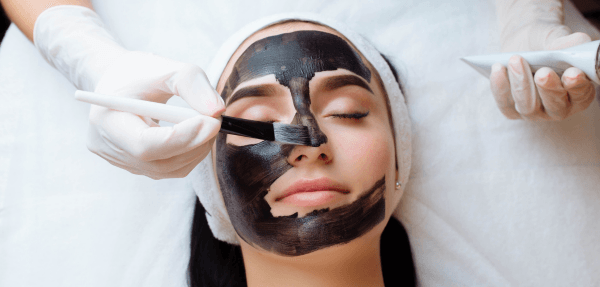Meet Our Expert Dr. Siddharth M. Sakhiya
Dr. Siddharth Sakhiya, a cosmetic art trailblazer, delivers excellence with every touch.

Acne is a common skin issue that affects people of all ages. It ranges from occasional whiteheads and blackheads to deep, painful cystic acne and permanent scarring. Whether you’re dealing with hormonal acne, scalp acne, or even butt acne, Celebre Aesthetics offers precise solutions for every concern.
Our Best Acne Scar Treatment plan includes a combination of proven techniques based on your skin type and scar severity:


Custom-blended to exfoliate dead skin and reduce pigmentation

Stimulates collagen and fills acne scars naturally

For permanent scar elevation and smooth skin

For hormonal, cystic, and inflammatory acne
We also provide advanced spot treatment for acne marks, including pigmentation peels, lightening creams, and laser toning sessions.
All treatments are led by Dr. Siddharth M. Sakhiya, gold medalist and one of India’s most trusted aesthetic surgeons.
Results typically start appearing in 2–3 sessions and continue to improve over time.
Yes, we use USFDA-approved technology with no major side effects when performed by trained professionals.
We guide you with the correct skincare routine for home and clinic-based treatments.
Once treated and with maintenance, most acne issues can be kept under control.
Step into a realm of transformative possibilities at Celebre Surgical Hospital, where skin rejuvenation becomes an art.
At Celebre, we recognize the myriad facets of beauty, including the intricate palette of skin pigmentation.
Scars are an inevitable consequence of wound healing and can result from various factors such as infections, burns, trauma
Vitiligo, a skin condition that affects millions worldwide, is a topic close to our hearts at Celebre.
Dr. Siddharth Sakhiya, a cosmetic art trailblazer, delivers excellence with every touch.

Dr. Siddharth Sakhiya, a cosmetic art trailblazer, delivers excellence with every touch.

